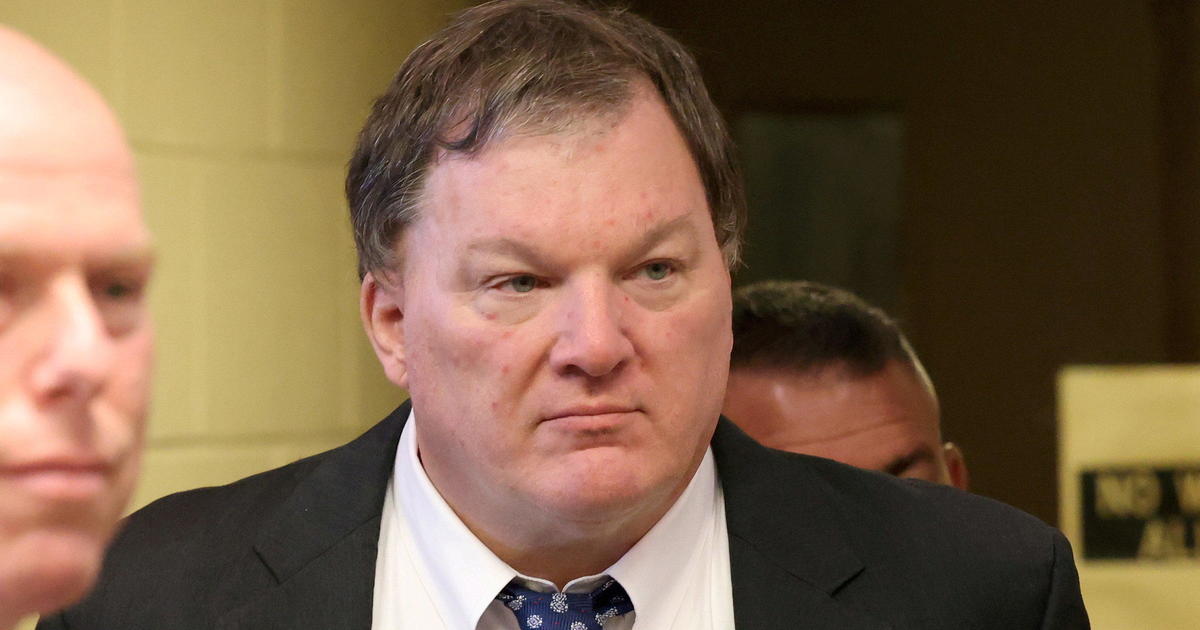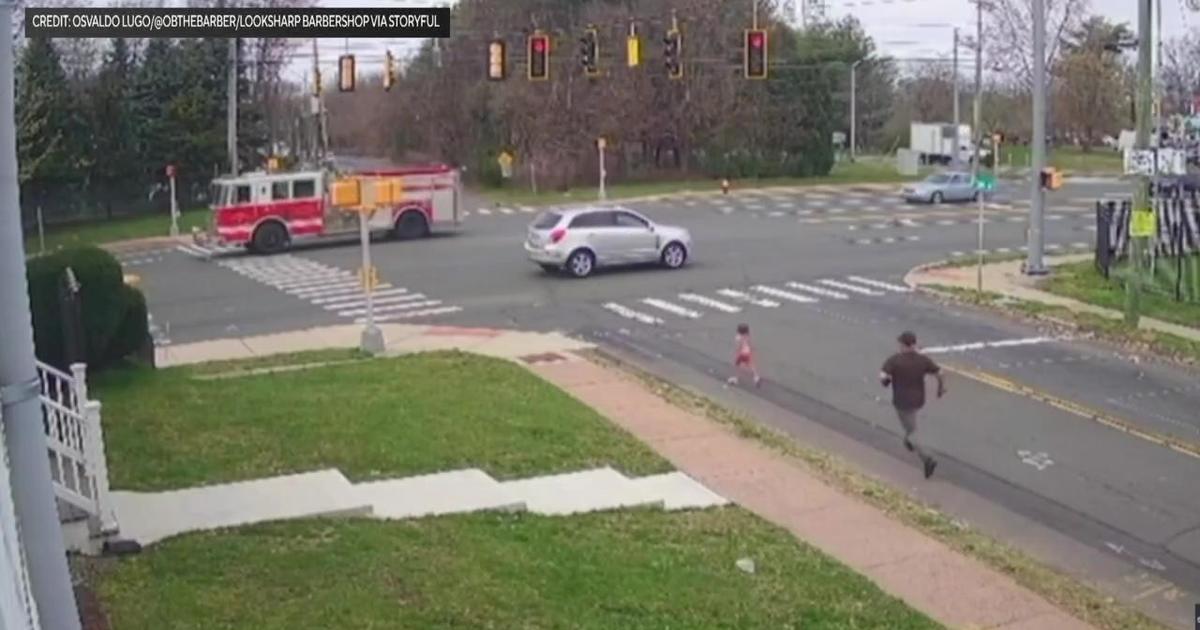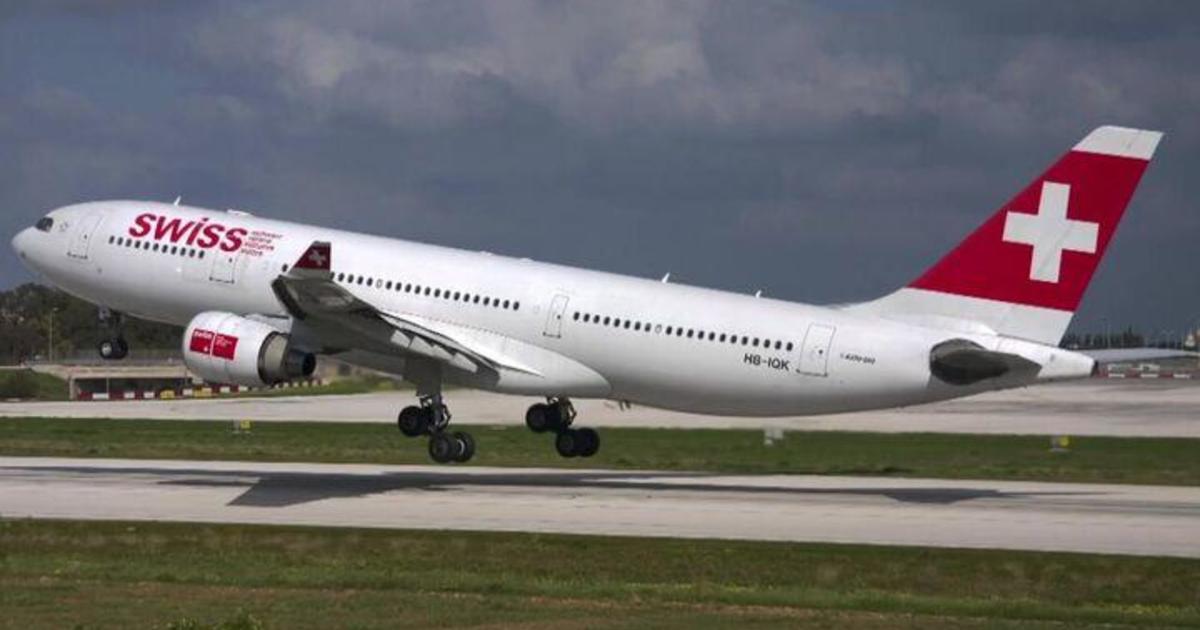Amtrak To Install Long-Sought Cameras In Locomotives
WASHINGTON (CBSNewYork/AP) — Amtrak said Tuesday it will install video cameras inside locomotive cabs to record the actions of train engineers, a move that follows a deadly derailment earlier this month in which investigators are searching for clues to the train engineer's actions before the crash.
As CBS2's Dick Brennan reported, the idea is to record the actions of the train engineer. But critics say they're not sure the move will contribute to safety.
The Amtrak engineer, Brandon Bostian, suffered a head injury in the accident in Philadelphia and has told investigators he can't remember what happened. Northeast Regional train 188 accelerated to a speed of 106 miles per hour in the last minute before entering a curve where it derailed. The speed limit for the curve is 50 mph. The crash left eight people dead and about 200 injured.
The train was equipped with a "black box" data recorder and an outward-facing camera focused on the track ahead, but neither of those devices reveals what was happening inside the cab.
So will the installation of a camera make us safer? Robert "Buzz" Paaswell doesn't think so.
"I don't think it does, if you think about a camera watching a driver, if the driver falls asleep, somebody has to be monitoring the camera," said the professor of civil engineering at City College of New York.
Paaswell ran the Chicago Transit Authority in the 1980s, and said cameras are only really helpful to investigators after an accident.
He said Amtrak needs to complete the installation of its "Positive Train Control," a computer system that can take over the train, and for example, slow it down if it's speeding.
Amtrak To Install Long-Sought Cameras In Locomotives
The National Transportation Safety Board has been recommending that the Federal Railroad Administration require passenger and freight train cabs to have audio recorders since the late 1990s. They revised that recommendation five years ago to include inward-facing sound and video recorders.
"If there is any medical issues with the operator, those would be indicated on a camera," former NTSB Chairman Jim Hall, who has been calling for the cameras for years, told WCBS 880's Alex Silverman.
"It disappoints me that we had to have the same accident occur several times over several decades in order to bring about this change."
Amtrak To Install Long-Sought Cameras In Locomotives
The cameras cost about $20,000 each, Amtrak said.
Railroad administration officials say they support use of the cameras. In the past year, the agency has told the NTSB that it intends to propose regulations requiring the cameras. However, no regulations have been proposed and it typically takes federal agencies many months, if not years, to move from proposals to final regulations.
Joseph Boardman, the railroad's president and CEO, said Amtrak has supported efforts by a railroad administration safety advisory committee made up of industry and labor representatives to come up with standards for the cameras. The committee has yet to issue recommendations.
"We've been supporting it all the way along," he told reporters in a telephone briefing. "It's just a matter of working out some of those details. ... There may be some adjustments we have to make later down the road, but I think it's time to do it and I'm doing it.''
Besides accident investigations, Amtrak will review the recordings to monitor engineers' actions, Boardman said.
Unions representing engineers at Amtrak and other passenger and freight railroads have generally opposed use of the cameras. As recently as 2012, railroad administration officials had also opposed requiring the cameras, telling NTSB they were concerned the cameras might lower employee morale and the images might be used punitively by railroads.
Officials for the Brotherhood of Locomotive Engineers and Trainmen didn't immediately respond to a request for comment.
Cameras will first be installed in 70 new Amtrak locomotives that will power all Northeast Regional and long-distance trains between Washington, New York and Boston, as well as Keystone Service between New York, Philadelphia and Harrisburg, Pennsylvania. Most of those locomotives will be equipped with the cameras before the end of the year, and the rest by sometime this spring, Boardman told reporters in a telephone briefing.
Amtrak is developing a plan for installation of cameras in the rest of its locomotive fleet, including Acela Express locomotives, but no timetable has been set for those installations. The railroad has about 300 locomotives nationwide.
It's not unusual for engineers to be killed in train crashes, or to be seriously injured and not remember details clearly. The NTSB first recommended requiring audio recordings of sound in locomotive cabs following a 1996 collision between commuter train and an Amtrak train in Silver Spring, Maryland. None of the commuter train's operating crew members survived, and the board was unable to determine their actions leading up to the crash.
The recommendation was revised to include video cameras with sound in 2010 as the board wrapped up its investigation into one of the worst train collisions in memory _ a Metrolink commuter train that failed to obey signals and collided head-on with a Union Pacific freight train near Chatsworth, California. Twenty-five people were killed, including the Metrolink engineer, and over 100 injured in the 2008 crash.
Sen. Charles Schumer, D-N.Y., released a statement applauding the move.
"I am reassured to hear that Amtrak has heeded the call to install inward cameras in the cabs of their trains," Schumer said. "These cameras will make a significant difference for the safety of rail passengers, and will provide additional information that can be used to improve safety and prevent future tragedies."
Schumer believes the decision will keep engineers on their toes and keep passengers safer.
"Ninety-nine percent of our engineers are darn good, but for the one percent who may let their eyes wander or minds drift, inward looking cameras are a reminder that they always have to do their job because people's lives are at stake," Schumer said.
Metro-North Railroad has also agreed to install the cameras, but not the Long Island Rail Road.
"They have not given us an answer on the Long Island Rail Road, but we're going to push them to do it there too," Schumer said, promising to push for federal funds to help.
(TM and © Copyright 2015 CBS Radio Inc. and its relevant subsidiaries. CBS RADIO and EYE Logo TM and Copyright 2015 CBS Broadcasting Inc. Used under license. All Rights Reserved. This material may not be published, broadcast, rewritten, or redistributed. The Associated Press contributed to this report.)



